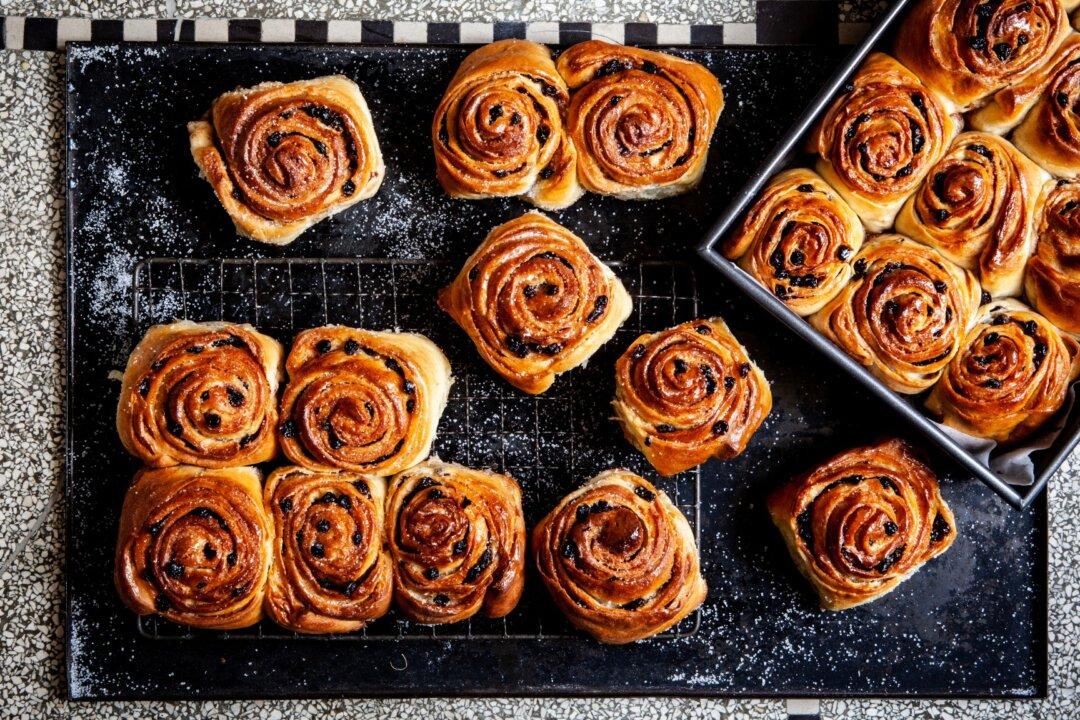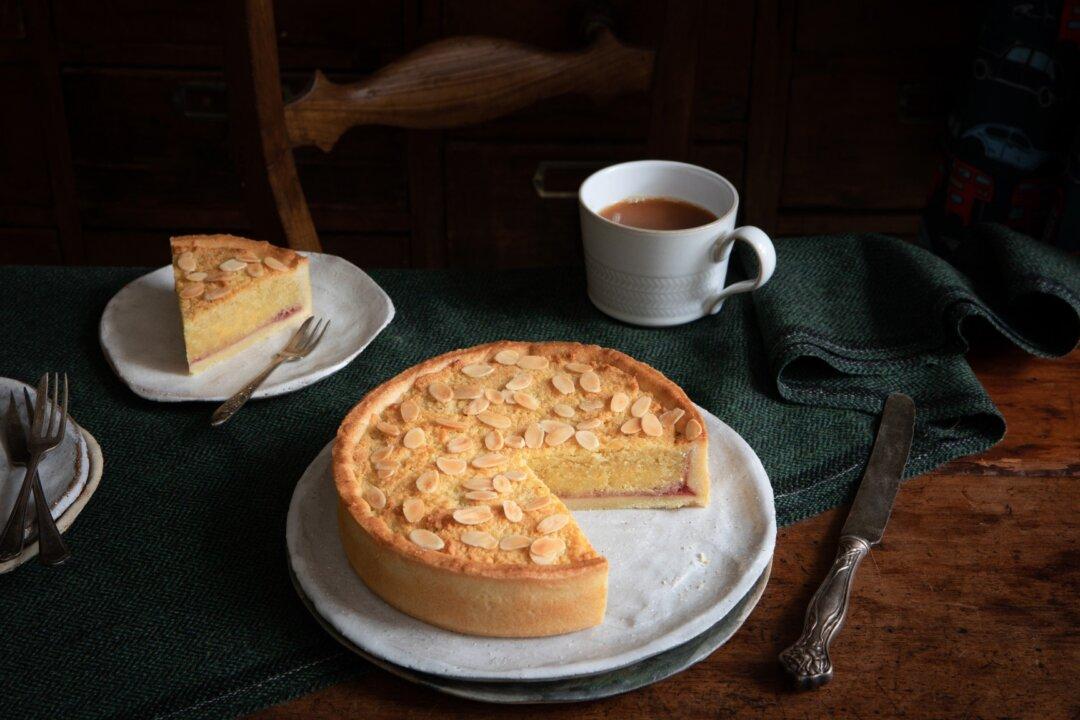Clapcake, clapbread, or havercake from Cumbria, northern England, and clap scones from Scotland, resemble the thin crispbread we usually associate only with Scandinavia. “The Diary of Celia Fiennes” from 1698 tells us how these clapcakes were made in Cumbria:
They mix their flour with water, so soft as to rowle it in their hands into a ball, and then they have a board made round and something hollow in the middle riseing by degrees all round to the Edge a little higher, but so little as one would take it to be only a board warp'd, this is to Cast out the Cake thinn and so they Clap it round and drive it to ye Edge in a Due proportion till drove as thinn as a paper and still they Clap it and drive it round, and then they have a plaite of iron same size with their Clap board, and so shove off the Cake on it and so set it on Coales and bake it...After being baked, the clapcake was dried in front of a fire on a special wooden rack called a “havercake maiden,” which looks like a miniature bench. Celia also writes that people dipped it in milk, ate it with meat, or simply smeared it with butter, and that it was the only bread eaten in this region unless you lived close to a market town where there were regular markets.
Novelist Elizabeth Gaskell described the drying of clapcakes in 1863: “The great rack of clap-bread hung overhead, and Bell Robson’s preference of this kind of oat-cake over the leavened and partly sour kind used in Yorkshire was another source of her unpopularity.” Historian Peter Brears found a later reference to clapcake in the 1940s, when a Dr. Henry Bedford recorded them still being made in the Lake Counties.



